|
I have spoken to you in these little written compositions of some rather weighty matters. Other inclusions meant to provide a bit of drollery and fun as a respite for both you and me. Here I want to offer you a final picture – not specially related to this or any text – but solely shown to you for your enjoyment. Ahead of me now lie writing tasks which I cannot fit into a tight-spaced deadline plan. I hope you liked my weekly series of reflections, as I surely treasure your attention to it. Americans are red-blooded, generous, and virile. They squander dollars upon beauty, but have no taste for drab. Years ago – for the Lady’s and my own delight – I designed a jewel of an emblem, this to be worn not with garments lusterless and dull, but jointly with her “bestest” finery. Thus we guys won’t mind much – indeed, will hardly notice – that Your Ladyship is also most costly to maintain. Yet, regrettably, there is to be considered – red-blooded too, but not claiming to be virile – the other half of our people. These are the tigresses of our nation. To them your brightest loveliness, dear Lady, can only be an angry sore. For, the tigresses are the mature and prudent half of us and reckon the Lady is just a pesty bother, troublesome and greedy – so sorry!
Still if, with becoming grace, you wear the jewel that I made for you, you may win yet a heart or two, who knows? This year, as always, if I like a candidate, I will give that candidate my vote, and numbers of my fellow Americans will do the same. The conventions and the campaigns to follow may clear away some misgivings and some doubts. So far, however, both anticipated party choices are exceptionally ill-received by the electorate. Hence, too many citizens may avoid the polls. Please don’t do that – instead consider: a “WRITE-IN VOTE.” Let that be Humphrey Bogart, or Maureen O’Hara, or Kamehameha the Great, King of Hawaii 1810-19, or name your favorite niece. This will do little good in 2016. But a notable count of “write-ins” will mean a powerful message – and a painful – to the loser. For they will thus learn they likely would have won, had they offered a person better able to win the people’s trust. But keeping ourselves at home will never do, because that will mean we do not care. Therein lies exceeding danger. An art historian once said: “The medieval Church was the poor man’s Bible” – a Bible for unlettered people. In the human past, art told – illustrated, in a way – much of our story. Pictograms can render more coherent meaning, and from Semitic pictographs descends the alphabet we write: Gimel the camel is now “c” and “g” – Yodh the hand – “i” and “j.” Picture-script in English explores how things may express a meaning that is not a thing. The female sheep, a “ewe,” is sound-equal to a spoken “U.” An old man may be a “sage,” a near sound-equal to the end of “u-sage,” a custom. You may regard the circles next the hand below as a sum of silver dollars. Together, “hand” and “sum” say “hand-some,” as in “a handsome lad.” A wig of hair is not sound-equal, but sound-similar to the possessive pronoun “her.” Many and more clever shifts likely conjoined with the pictograms to aid the telling of observations, ponderings, and deeds. To read these meanings by that clumsy multitude of symbols and of signals demanded vast memory and suppleness of mind. Thus the arrival of the phonetic alphabet was a liberation we may justly celebrate. If you speak with clear precision, your words will rightly spell – not in letters – but in sounds. A singular letter-shape for each sound of the spoken word is an ideal very nearly reached by ancient Latin. The accumulated lore of the history of writing was here the teacher who achieved an education excellence by the art of summary. English has strayed way off that perfection, so that often we misspell it. Our 26 characters are not so well on pace to render a letter to each sound of speech as are the Latin 20. Yet our alphabet seems still a miracle to me. For it lets me tell you all I can think and feel, see, and do. Post Script:
I know next to nothing of historical pictography. My considerations here were inspired by opening remarks in a chapter of The Elements of Lettering by John Howard Benson and Arthur Graham Carey. |
Johannes
|
| von Gumppenberg | Johannes Speaks |
|
|









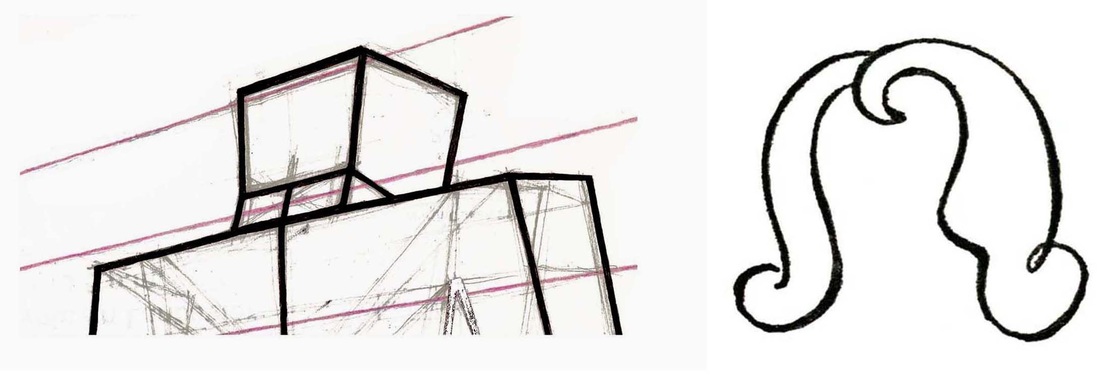


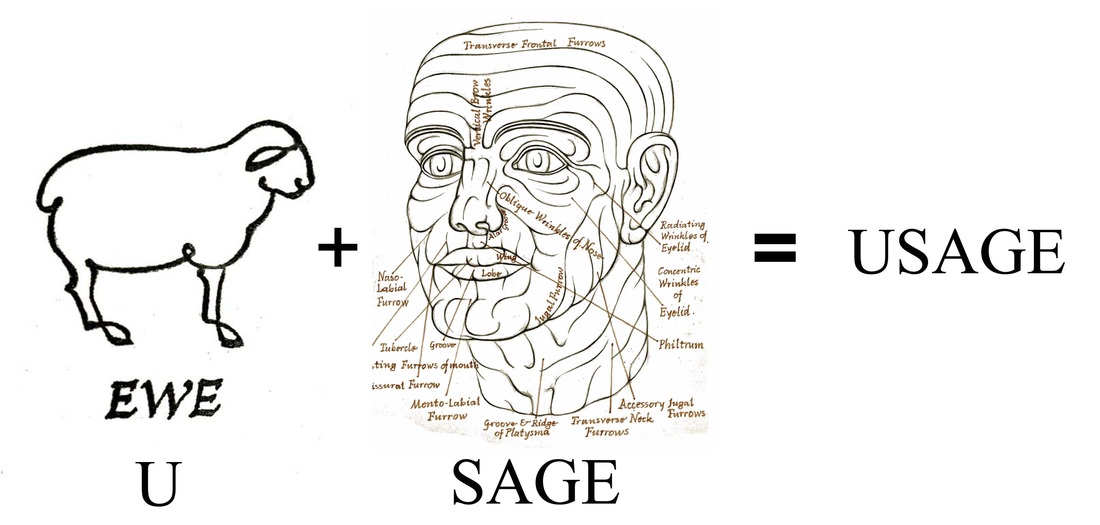
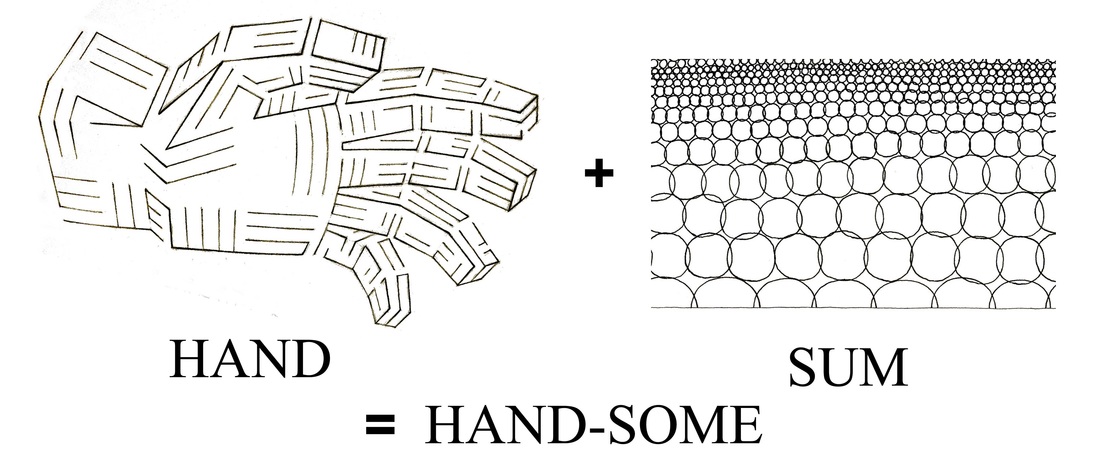
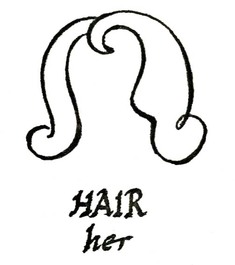
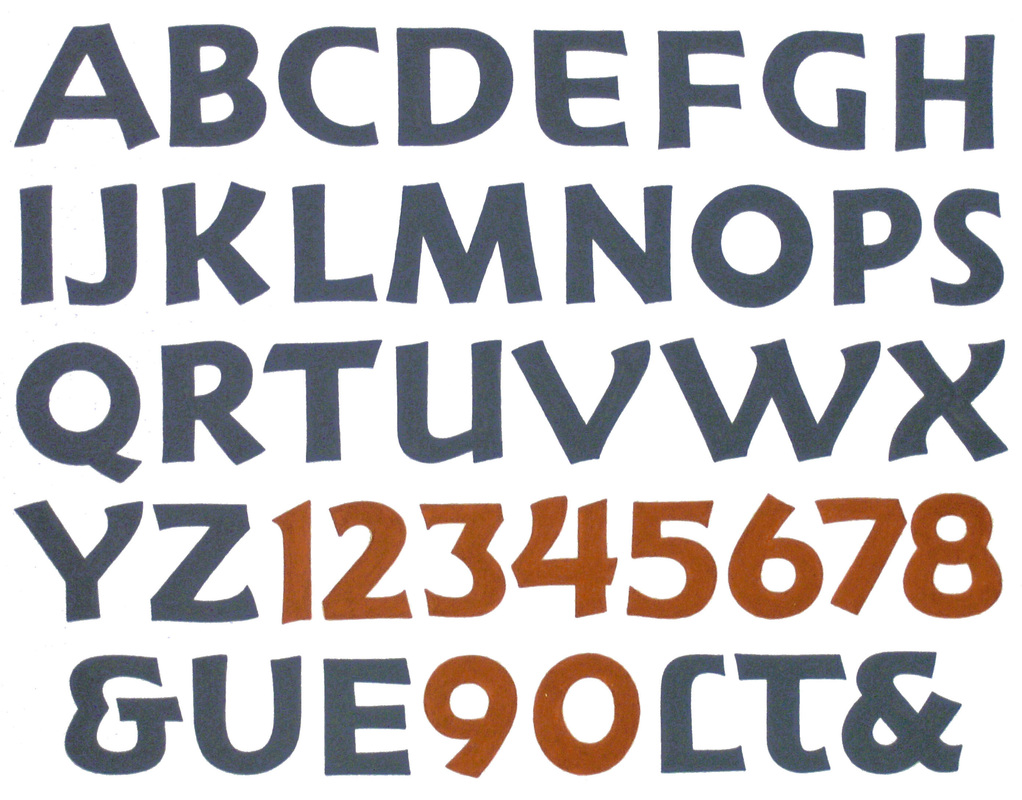

 RSS Feed
RSS Feed